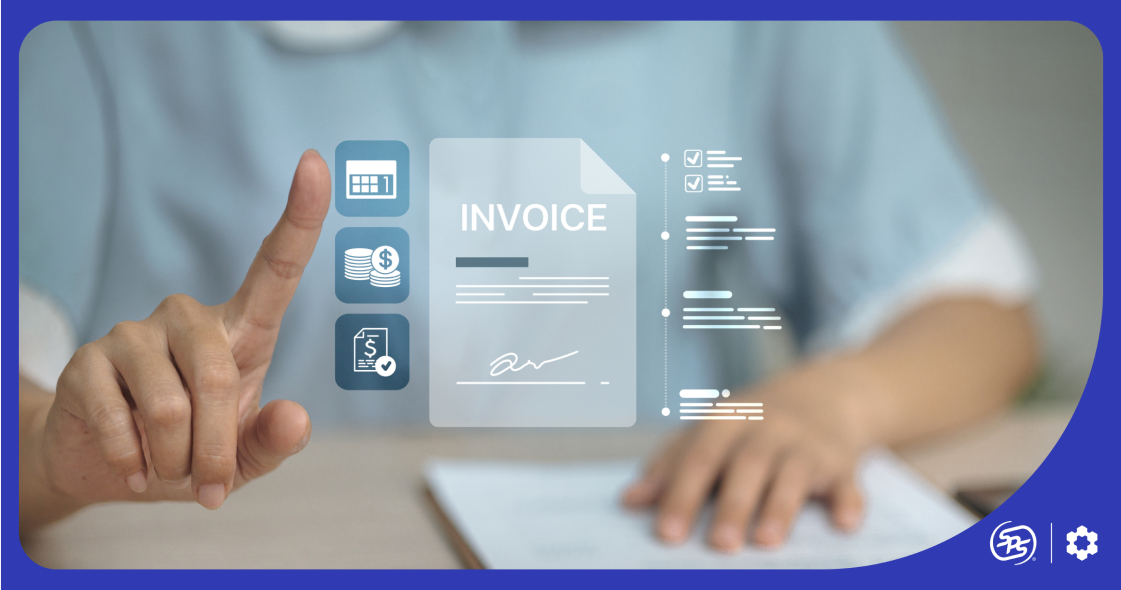Listen to This Article
Top Seller News This Week
This week’s Amazon seller updates bring practical improvements to returns and AI tools, plus some interesting clues about where the platform’s AI voice assistant, Alexa+, is headed.
- Cut return costs and get smarter insights: Amazon now lets you offer partial FBA refunds without physical returns and gives you a new Insights & Opportunities dashboard to analyze trends, reduce future returns, and optimize recovery, all in one place.
- Updated Voice of Customer dashboard: Amazon’s updated dashboard adds High Return Rate metrics and better negative customer experience tracking, but sellers say missing details, vague complaints, and communication gaps limit its real impact.
- Amazon launches AI-powered Echo lineup: The retailer just released next-gen Echo devices built on its new Alexa+ assistant and custom AZ3 chips, bringing smarter, faster home experiences.
These Amazon updates span the practical to the futuristic, but they all share a common thread: giving sellers and customers more control, more visibility, and a more connected experience.
Amazon Partial Refunds & Returns Dashboard: Cost Saver or Risky Bet for Sellers?
Amazon is making two major moves aimed at tackling the costly and often messy world of returns: a new FBA Partial Refunds program and an Insights & Opportunities dashboard that gives sellers more visibility into return patterns. While these tools promise cost savings and smarter decision-making, early seller reactions reveal a mix of cautious optimism and serious concerns.
Partial Refunds: A Promising Tool with Big Questions Attached
The FBA Partial Refunds program, now available in the US, UK, Germany, France, Italy, and Spain, lets sellers offer partial refunds without requiring the physical return of the product.
How it works:
- Enroll eligible ASINs through FBA settings and set a partial refund percentage at the ASIN level.
- When a return is initiated, eligible customers may be offered a partial refund to keep the item.
- Refund transactions are tracked in the FBA Returns dashboard as “Complete – Return not expected.”
- Products like hazmat, hygiene items, and non-returnables are excluded.
For certain items like low-cost accessories, heavy goods, or products with minor damage the Amazon partial refund policy can be a cost-efficient alternative to paying for return shipping and processing. It also speeds up resolutions for customers, which can improve satisfaction and reduce customer service back-and-forth.
However, sellers are far from convinced. Some worry about buyer abuse, e.g., customers exploiting the system as a “post-purchase coupon” rather than using it for genuine issues.
There’s also frustration over missing data. Without proof that the program actually reduces returns, chargebacks, or service tickets, sellers remain skeptical it’s worth the risk. Some fundamentally distrust the concept itself: if something’s wrong, it should be returned, not discounted. Partial refunds feel like a shortcut that undermines accountability and could create unforeseen vulnerabilities or policy gaps.
It’s also worth noting: partial refunds still count toward your ASIN’s average return rate (impacting return-related metrics like the “frequently returned” badge), and sellers don’t receive inventory reimbursement for these transactions.
Therefore, while partial refunds might benefit some sellers, others worry it could open new doors for return abuse and scammy discount-seeking behavior. Amazon has said that eligibility for partial refunds is tightly monitored using purchase history and fraud detection systems, and that not every return will qualify. But until sellers see concrete evidence such as reductions in return rates or chargebacks, many are hesitant to enroll.
Discover and reclaim the funds Amazon owes you Seller Investigators. Our FBA reimbursements solution recovers hidden profits by identifying inventory losses, shipping errors, and refund discrepancies. Start your free audit now and see what you’re missing.
Returns & Voice of Customer Dashboards: More Data, Mixed Reactions
Amazon is doubling down on return and feedback insights with two key tools: the Returns & Recovery: Insights and Opportunities dashboard and the updated Voice of Customer (VoC) dashboard. Together, they’re designed to give sellers more visibility into product performance, return patterns, and customer sentiment, though sellers remain divided on how actionable these tools really are.
Returns and Recovery Dashboard features include:
- Return Insights Tab: Filter data by marketplace, category, and fulfillment type to view top return reasons, product-level return rates, and recommendations for reducing future returns.
- Recovery Tab: For FBA sellers, track whether returned items are sellable or unsellable, and leverage Grade and Resell to turn unfulfillable returns into revenue.
- Resource Center: Access reports, tools, and educational content to refine return processes.
For example, if a high return rate is linked to unclear sizing information, sellers can use these insights to update listings and prevent future returns. Similarly, recovery data can help determine whether it’s worth reselling or liquidating returned goods.
VoC Dashboard: Helpful Tool or Hollow Promise?
Meanwhile, the Voice of Customer dashboard has received a major upgrade. Sellers can now monitor a new High Return Rate rating and benefit from improved Negative Customer Experience metric calculations. These changes aim to provide clearer, more accurate feedback data so sellers can pinpoint product issues and act faster.
However, seller reactions to VoC remain skeptical. Many argue that the data often lacks the detail needed to take meaningful action, especially when customers bypass the “Contact Seller” button and complaints get lost in Amazon Customer Service handoffs.
Others point out that much of the feedback is vague, inaccurate, or even abusive, making it hard to separate genuine quality issues from noise. Some sellers also report that despite Amazon announcing updates “effective now,” the dashboard remains thin on useful insights.
Overall, in theory, these dashboards could help sellers reduce returns and improve customer experience. In practice, many feel they’re still facing gaps in communication, poor data quality, and limited control over customer narratives.
Alexa+ Devices Are Here (And They Could Transform How Shoppers Find Your Products)
Amazon’s newest Echo lineup, powered by its upgraded Alexa+ AI assistant, isn’t just a smart home upgrade, it’s a potential game-changer for how customers discover and shop for products.
The four new Echo devices (Echo Dot Max, Echo Studio, Echo Show 8, Echo Show 11) are built with custom AZ3 chips and Omnisense sensors, giving Alexa+ faster processing, more natural conversations, and context-aware interactions. For shoppers, this means a more seamless, voice-driven experience. For sellers, it opens new front doors to product discovery.
Smarter Shopping, Faster Recommendations
Alexa+ now makes shopping feel like a conversation rather than a search query.
- Shoppers can ask broad, natural questions (“What shoes are good for cardio?”) and get tailored product suggestions.
- A new shopping widget lets them track orders, reorder essentials, and browse product info directly from Echo displays.
- Alexa+ remembers context across devices, a query started on a smart speaker can continue in the car or on mobile.
Why Sellers Should Pay Attention
Optimizing your listings for Alexa+ now could give you a serious edge.
- Boost discoverability by optimizing listings for conversational, long-tail keywords.
- Ride the upsell wave: Alexa+ can recommend add-ons and bundles (e.g., accessories, installation services), increasing average order value.
- Tap into cross-platform reach: Alexa+ integrates with third-party services like Uber, Grubhub, and Fandango, expanding visibility beyond Amazon’s core marketplace.
So, start by optimizing your listings with natural language and question-based keywords to match how shoppers talk to Alexa+. Bundle complementary products to boost chances of being recommended as complete solutions. And keep an eye on Alexa+ adoption, as early movers will gain the upper hand as voice shopping grows.
Other Amazon Seller Updates This Week
1. Amazon Business Launches Bulk Order Referral Fee Discount (Oct 1)
Sellers offering 3%+ business price or quantity discounts can now access lower referral fees, opening up more opportunities with Amazon’s 8M+ global business customers.
2. Amazon Consolidates Grocery Private Labels Under “Amazon Grocery”
A new value-focused brand replaces Amazon Fresh and Happy Belly, with most items priced at $5 or less, suggesting a sharper push into budget essentials.
3. Walmart To Eliminate Synthetic Dyes From All US Private Brands
The retailer is removing dyes and 30+ other ingredients across Great Value, Marketside, and more, aligning with clean-label trends that could shape customer expectations.
Mastering Returns and Voice Commerce in One Go
Amazon’s new tools create winners and question marks. The difference? Winners test early, track religiously, and adapt fast.
- Test Partial Refunds strategically: Start with ASINs that truly benefit (like heavy or low-cost items), and track post-refund patterns closely to catch abuse early.
- Mine the Returns Dashboard for insights: Spot recurring issues, update listings to prevent repeat returns, and decide when to resell vs. liquidate.
- Don’t Ignore Voice of Customer: Even flawed feedback can surface useful patterns if reviewed consistently.
- Optimize for Alexa+ discovery: Update listings with conversational keywords, smart bundles, and clear answers to common questions to get ahead in voice-driven shopping.







